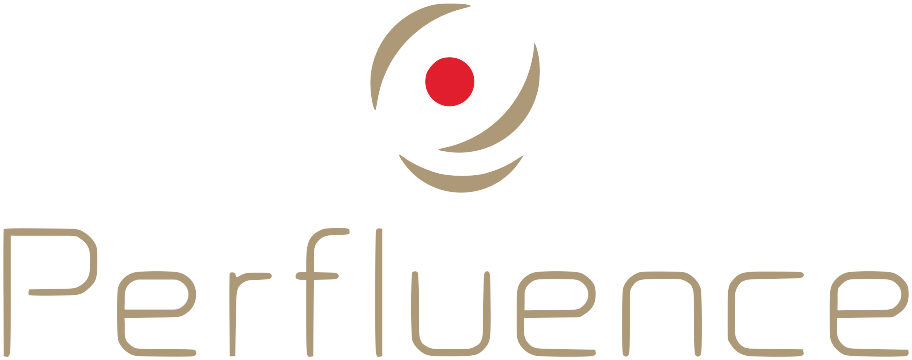How to Navigate Complex Decision-Making Processes in Large Organizations
In large organizations, decision-making is rarely linear or straightforward. Unlike smaller companies, where one or two individuals may hold clear authority, large enterprises often involve multiple layers of stakeholders, influence networks, formal procedures, and informal dynamics. Navigating these complexities is essential for sales professionals, consultants, and business development teams aiming to win major deals or secure strategic partnerships.
In this article, we’ll break down how to successfully navigate complex decision-making processes, identify the key players involved, and leverage influence networks to move deals forward with confidence.
Why Decision-Making in Large Organizations Is So Complex
Large companies operate with a matrix of departments, roles, and decision hierarchies. Several factors contribute to the complexity of their decision-making processes:
Multiple Stakeholders – Decisions often involve a buying committee, project sponsors, technical reviewers, procurement teams, legal advisors, and C-level executives.
Diverse Priorities – Each stakeholder has their own objectives: cost-efficiency, innovation, compliance, risk mitigation, ROI, etc.
Formal and Informal Influence – The formal org chart doesn't always reflect who truly influences decisions. Informal leaders and trusted advisors often shape outcomes behind the scenes.
Risk Aversion – Larger companies are less agile and more risk-averse. Decisions typically require more validation, justification, and time.
Structured Processes – From RFPs to vendor qualification protocols, formal steps slow down the pace and require precise alignment.
To succeed in this environment, you need a strategy that goes beyond pitching your product. You need to understand the organization, identify influence pathways, and align your message with the concerns of every key player.
1. Map the Stakeholders Early
One of the biggest mistakes in complex sales is focusing on one contact while ignoring the wider ecosystem. Instead, proactively identify:
Decision-makers: Who has final authority to say yes or no?
Gatekeepers: Who controls access to the decision-makers or critical information?
Influencers: Who is trusted within the organization and can sway opinions?
Blockers: Who might resist change, delay the process, or advocate for a competitor?
🛠 Tip: Use tools like Powerscope to create a visual map of the decision ecosystem. This helps you track relationships, understand who influences whom, and where your efforts should be focused.
2. Understand the Power Dynamics
Formal job titles don't tell the whole story. A senior manager may sign the contract, but an operations lead or project engineer may heavily influence the outcome. To understand who really drives the decision:
Ask open-ended questions in early meetings:
“Who else is involved in evaluating this project?”
“What’s the internal process like once we submit the proposal?”Listen for clues about influence:
Who do people defer to? Who's consulted before decisions are made?Look at cross-functional relationships:
Influence often cuts across departments, especially in cross-functional projects (e.g. IT + HR + Finance).
🛠 Insight: The RIIM Methodology (Relationship Intelligence and Influence Management) helps companies codify and analyze these power dynamics, revealing informal influence networks that can be pivotal in complex deals.
3. Tailor Your Communication to Each Stakeholder
Each stakeholder has a different lens on the deal. Avoid one-size-fits-all pitches. Instead:
Executives care about strategic impact, ROI, and long-term vision.
Procurement is focused on cost, compliance, and risk mitigation.
End-users want ease of use and support.
IT or technical staff prioritize integration and performance.
📣 Pro tip: Develop stakeholder-specific messaging decks. Address their pain points, use relevant metrics, and anticipate objections.
4. Build and Empower Internal Champions
You won’t be in the room when every internal discussion happens. That’s why internal champions are vital. These are individuals who believe in your solution and are willing to advocate for you.
To empower them:
Equip them with key materials: case studies, ROI calculators, presentations.
Involve them in co-creating the business case.
Keep them engaged and informed throughout the process.
📌 Note: Champions are most effective when they have credibility and influence. Choose wisely—and support them fully.
5. Stay Aligned Through Long Decision Cycles
Major decisions in large organizations can take months—or longer. To avoid losing momentum:
Maintain regular check-ins: Keep the conversation going, even when things feel stalled.
Track internal changes: Reorgs, leadership shifts, or budget freezes can change the game. Stay informed.
Update your strategy: Be flexible and adjust your stakeholder map and approach as needed.
🧭 Powerscope helps track changes in relationship strength and engagement across the deal cycle, ensuring you stay aligned with evolving dynamics.
6. Use Data to De-Risk the Decision
The bigger the deal, the more pressure there is internally to justify the choice. Help your stakeholders feel confident by providing:
ROI projections and financial models
Case studies or benchmarking data
Proof of implementation success
Clear onboarding and change management plans
🎯 Your job is to make it easy to say yes—and hard to say no.
Conclusion: Influence Wins in Complexity
Winning in large organizations isn’t about being the loudest or the cheapest. It’s about being the most aligned, the most trusted, and the most strategic partner in the room.
Navigating complex decision-making requires relationship intelligence, stakeholder empathy, and a structured approach to influence. With tools like Powerscope and methodologies like RIIM, businesses can decode complexity, uncover hidden influencers, and turn fragmented stakeholder networks into structured paths to success.
